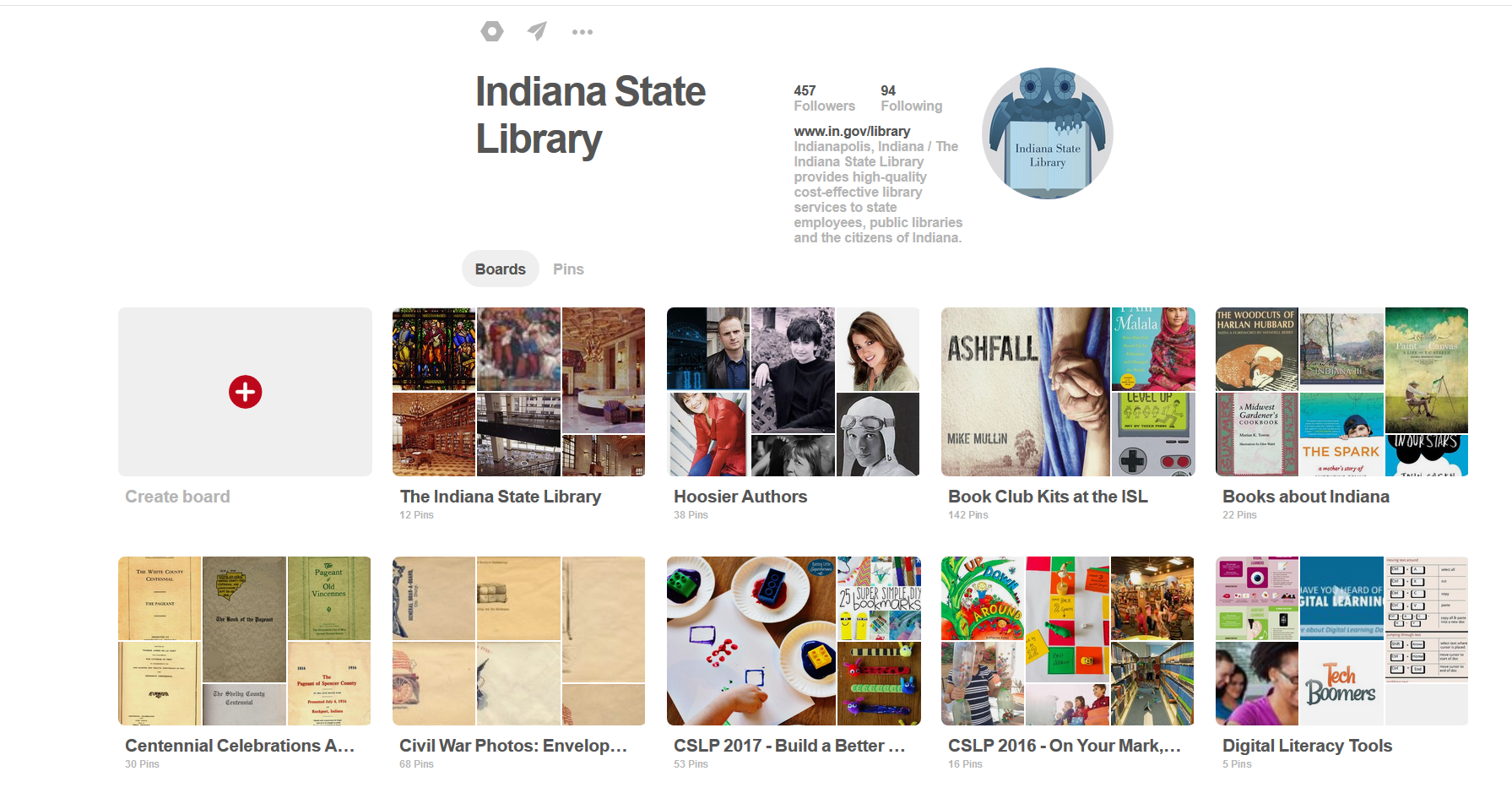In the digital age, social media platforms have become virtual town squares where citizens engage in robust discussions, express their opinions and interact with public officials. The cases of Lindke v. Freed and O’Connor-Ratcliff v. Garnier delve into the delicate balance between free speech rights and the authority of public officials to moderate their social media pages.
In Lindke v. Freed, James Freed, the city manager of Port Huron, Michigan, maintained an active Facebook presence. His page served as a platform for both personal posts and official communications related to his role as city manager. Like many public figures, Freed received comments from constituents, including Kevin Lindke. Lindke expressed his dissatisfaction with the city’s handling of the COVID-19 pandemic on Freed’s Facebook page. Initially, Freed deleted Lindke’s comments, and later, he blocked Lindke from commenting altogether. Lindke argued that Freed’s actions violated his First Amendment rights, asserting that the page was a public forum.
In O’Connor-Ratcliff v. Garnier, two individuals, O’Connor-Ratcliff and T.J. Zane, created public Facebook pages to promote their campaigns for election to the Poway Unified School District Board of Trustees. Both also had personal Facebook pages they shared with friends and family. After winning the election, O’Connor-Ratcliff and Zane continued to use their public pages to discuss school related business. They also used their pages to solicit feedback and communicate with constituents. Christopher and Kimberly Garnier had children attending the Poway Unified School district. The Garniers often criticized the school board members and posted repetitive negative comments on the school board members’ social media posts. Initially, the negative comments were just deleted but then the Garniers’ were blocked from commenting altogether. The Garniers sued, saying their First Amendment rights were violated when they were blocked.
The central question before the Supreme Court in both cases was whether blocking the commentators constituted state action under 42 U.S.C. §1983. This statute allows individuals to seek redress when their federal constitutional or statutory rights are violated by someone acting “under color of any statute, ordinance, regulation, custom, or usage, of any State.” The Court clarified that §1983 applies only to state actors. Private individuals’ actions do not fall within its scope. Thus, the critical issue was whether Freed, Zane, and O’Connor-Ratcliff’s management of their Facebook pages constituted state action.
The Supreme Court established a two-pronged test:
Actual Authority: the individual must possess actual authority to speak on behalf of the state regarding a specific matter.
Exercise of Authority: the individual must have purportedly exercised that authority in relevant social media posts.
The Court held that because his Facebook page was used for personal and business-related posts, Freed’s actions did not indisputably amount to state action under §1983. The Court remanded the case back to the Sixth Circuit so that the Sixth Circuit could analyze the posts Lindke commented on using the new two-prong test to determine if Freed was exercising his authority to speak on behalf of the city. If so, the blocking would be problematic.
In O’Connor-Ratcliff v Garnier, the Court remanded the case back down to the Ninth Circuit to analyze the case under the new two-pronged test established by the Court. It is likely the Ninth Circuit will find as they did initially, that O’Connor-Ratcliff and Zane possessed actual authority to speak on school board matters and that they were doing so when using their public Facebook page to share school news and discuss school issues.
These decisions underscore the distinction between public and private actions on social media. Public officials must tread carefully when moderating their pages, balancing their personal rights with their official responsibilities. Citizens, too, should recognize that not every online interaction with a public figure constitutes state action. In the clash between free expression and social media moderation, it is important to remember that, while outright blocking could be problematic, public officials still have the right to moderate comments that violate their social media policies or that are not protected speech in the first place, such as obscene language, threats, fighting words, defamatory language, fraud, child porn and language that incites violence or implicates criminal conduct.
This blog post was written by Sylvia Watson, library law consultant and legal counsel, Indiana State Library. For more information, email Sylvia.




